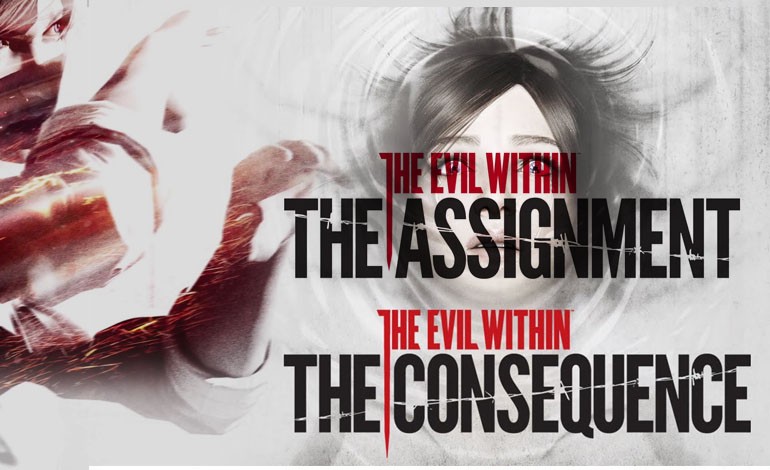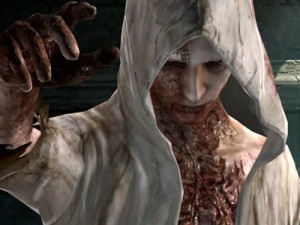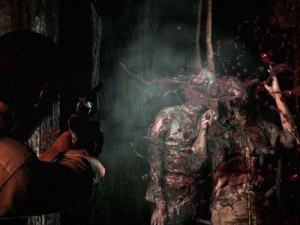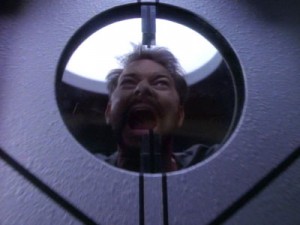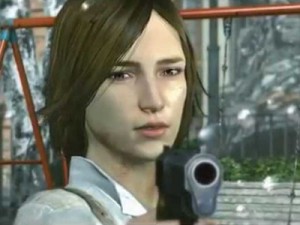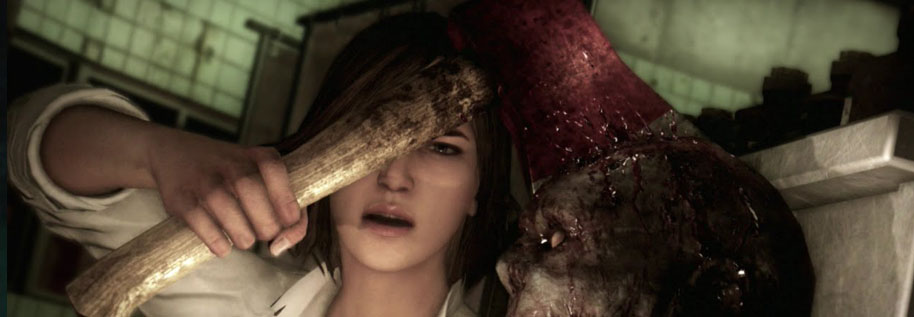A Glorious Mess – The Evil Within: The Assignment, The Consequence Reviews
THIS REVIEW CONTAINS MILD SPOILERS FOR THE EVIL WITHIN
God it’s hard to write a review of what I just finished playing because there’s so much to recommend and so much to warn potential players.
The Evil Within was not a game I chose to review because Mikami made it 8000 hours long so by the time I completed it all the critics opinions were in. At least I can review the two DLCs that were released after The Assignment and The Consequence but reviewing them requires a slight overview of the original game since the DLCs tie directly to it.
The brainchild of Shinji Mikami, The Evil Within tells the story of… well… it’s sort of hard to say. Obviously this review is going to contain some spoilers but I’ll try and limit them. Essentially Police Officers Sebastian Castellanos, Joseph Oda, and Juli Kidman arrive after the Beacon Mental Institute reports a disturbance.
Upon arrival, things immediately go haywire and Sebastian is almost instantly confronted by a man identified as ‘Ruvik’ who then tosses Seb through a series of various nightmarish situations which the player navigates either through stealth but more often than not, brute force.
The gameplay is a lot of fun if you’re alright with the mix of survival horror and action-horror, and my only criticism is that the backtracking leads to a re-use of locations that could easily have been excised.
The plot, on the other hand, is an absolute mess. It’s not bad or boring, and the clearly creators tried, it just fails because it relies so heavily on randomly discovered text documents and recordings for major reveals as well as non-linear cutscenes that it’s so easy to become lost, particularly when it seems some lines of dialogue or some writing was left over from earlier drafts since it contradicts its own canon. OR DOES IT? Because you see, while it tries to play so heavily with the nature of reality, it does so to no purpose.
If you look at media that’s succeeded in creating protagonists trapped in environments that make them doubt reality and/or their sanity, like Silent Hill 2, or Star Trek: TNG’s ‘Frame of Mind’ – the nature of what is making the character experience this is integral to the plot. In Silent Hill 2 James Sunderland is a man plagued with grief and guilt and the town exploits this, in Frame of Mind Riker’s own head is trying to protect him from an alien scan which inadvertently causes both him and the viewers to be unsure what is and isn’t real.
Both different pieces of media used the same device to different effect. The Evil Within might have started with the best of intentions, but it kind of lost its way somewhere and the DLC goes part of the way into explaining why.
The character of Juli Kidman is an absentee character for much of the main game, and these two DLCs that comprise one 4 chapter story explain why: She was working for a shadowy organization hinted at in the main game, and fully fleshed out in the DLC. So when she is hooked into the same nightmare-world as Sebastian and Joseph, her agenda is very different. This also explains why, for example, in the original game she locks the main character in a room fearing he is infected, and then reappears an hour or two later to save him with no mention of his infection. It also explains why she suddenly pulls a gun on one of the other characters in the main game for what appears to be no reason.
It’s frustrating because so much of this DLC feels like it should have been in the main game. And that’s not just a general slight against DLCs. I like the idea of more adventures in a world you’ve come to enjoy! That’s fun! PARTY ON THE CITADEL! But When “The Evil Within” ended there were endless fan theories posted online about “What had really happened” and “Why character X did Y and ‘Was character Z alive?” but the reality was “The writer had decided not to share about a third of the story with you’.
And while both The Assignment and The Consequence do explain a lot, they raise even FURTHER questions. Thankfully, these questions are at least the kind of sequel-set-up or ambiguous-ending queries that we can expect from horror games.
The gameplay itself is refreshingly different. Because Juli has no firearm and her nightmare world is populated with less angry and armed villagers, she spends most of her time sneaking past enemies. But unlike the terrifying ‘Outlast’ most of the enemies can be distracted or sneak killed in different ways. It’s nice to see a distracting technique that actually works, but the main game’s problem of enemies that seem to be able to suddenly smell you at the last minute returns, leaving you about to stealth kill an enemy who suddenly turns a fraction of an inch and alerts an entire room to your presence. However sneaking past enemies can be a hell of a lot of fun, and the game provides you with a lot of strategies in which you can approach most situations.
There’s some decent enough jump scares, but overall I found the atmosphere less dread-filled than the original game, partly because I knew that I wasn’t going to have to conserve ammo for a massive fight. Again, this didn’t diminish the fun I had with it and your scare-mileage will vary.
Jennifer Carpenter’s voice acting is nice here and makes a lot more sense now as compared to the original game in which she seemed to have random mood swings and motivational changes on-the-fly. She’s also a lot more interesting that Sebastian because her rookie status means she approaches situations with a lot more caution and thought.
So to sum up – if you enjoyed the main game, you will enjoy this. The gameplay is tweaked enough to provide something that’s not just more of the same, and the plot is filled in a little more. It does leave us with the same broad questions like ‘Did any of the characters actually escape?‘ but at least it’s not the same as ‘Wait, if Ruvik could do that why didn’t he just do it at the start of the game?‘ which is similar to Optimus Prime suddenly realizing he could, y’know, fly at the end of a Transformers film.
I do hope there’s a sequel, but I hope it learns from its plot errors. The Evil Within is a sort of glorious failed, tangled mess. I feel like I watched a movie but had to take 15 bathroom breaks and saw the missing scenes after with this DLC.

